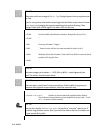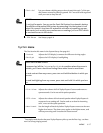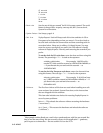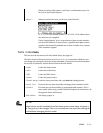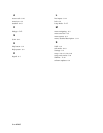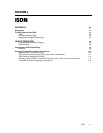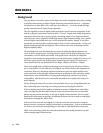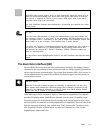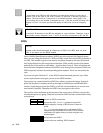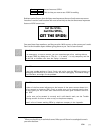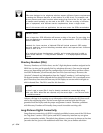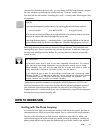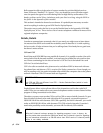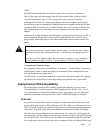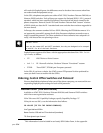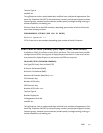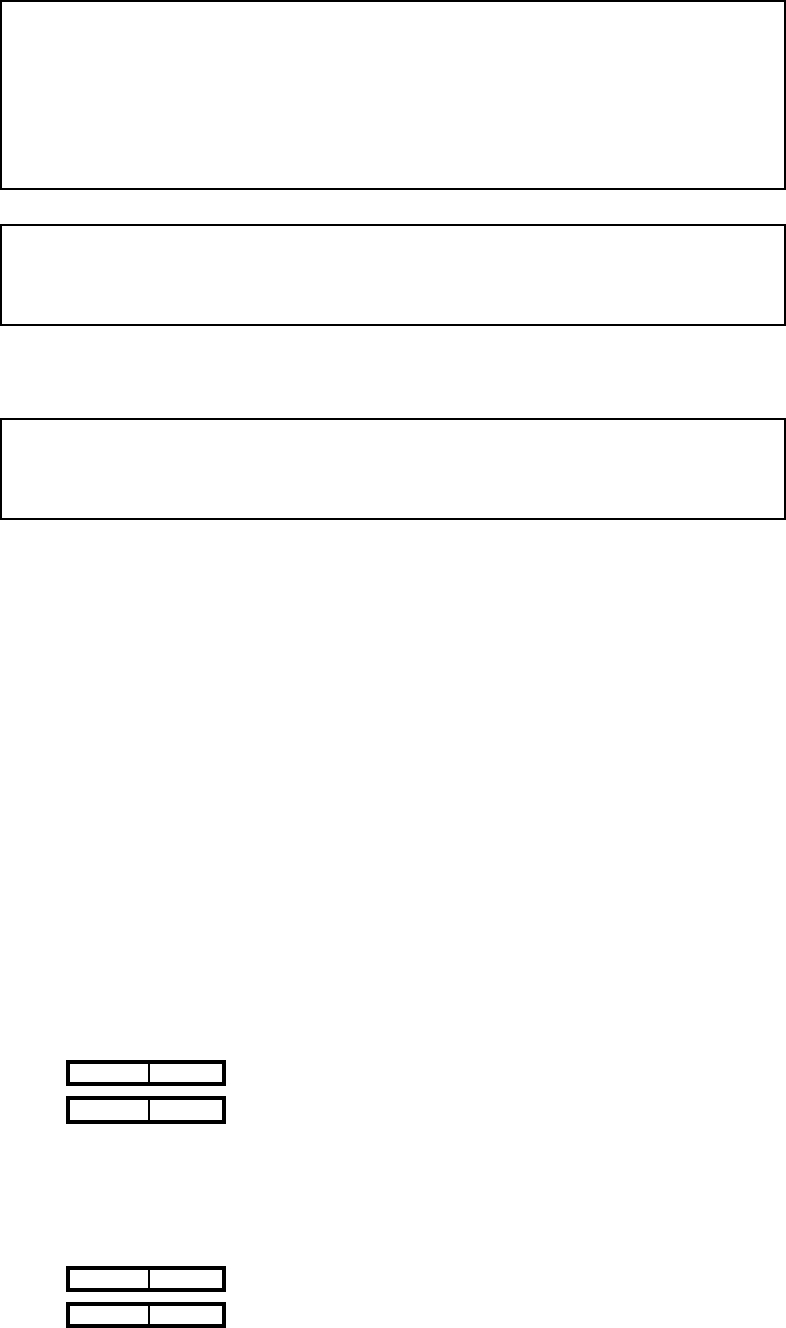
7-4 ISDN
t
DEEP TECH NOTE!
The actual 2 B channels of the BRI are assigned on a per call basis. Therefore, from a
theoretically correct viewpoint, Lines 1 and 2 do not fully correspond to B1 and B2.
SPIDS
i
ISDN TIP!
European users should disregard all references to SPIDs. Euro ISDN
does not
have
SPIDs! If you want, use the MSNs instead.
Service Profile Identification numbers (SPIDS) are only required with ZephyrExpress
when you are using the National I-1 ISDN or DMS Custom functional ISDN protocols in
the USA. This number is given to the user by the phone company and must be entered
into ZephyrExpress for the connection to function. SPIDs usually consist of the phone
number plus a few prefix or suffix digits.... but they don’t have to. There is frequent con-
fusion between telephone numbers and SPIDS, even among Telco personnel. While the
SPID frequently includes the corresponding phone number, this is not necessarily the
case.
If you are using the National I-1 or the DMS Custom functional protocol, your Telco
service representative must give you one or two SPID numbers.
Upon power-up, connection of the ISDN line, reboot, or protocol change, ZephyrEx-
press and the phone company switch go through an initialization and identification
routine. ZephyrExpress sends the SPID(s), and if the switch thinks they’re correct com-
munication is possible. Thereafter the SPID is not sent again to the switch.
The two line status indicators on the bottom of the status screen will show you how the
initialization process is going. Check the screen after ISDN has been connected for thirty
seconds orso:
Inact Inact means no ISDN connection
Init Init means the ISDN: Switch type doesn’t match the
phone company’s setup or SPIDs haven’t been en-
tered.
Init Init can also appear when a European ISDN
connection has been idle for a while. This is normal,
and Ready will appear when you start using the con-
nection again.
Wait Init means incorrect SPID1
Ready Init means only one working ISDN channel
i
ISDN TIP!
In some cases your ISDN line will only have only one phone number for the two B
channels. This is the case of the AT&T Custom PTP protocol. It shouldnÕt present a
problem. The lines work as if they were on a business phoneÕs Òhunt groupÓ: the
first incoming call on the number is assigned to Line 1, and the second incoming call is
assigned to Line 2. Of course you have the option of which line to use on outgoing
calls.



